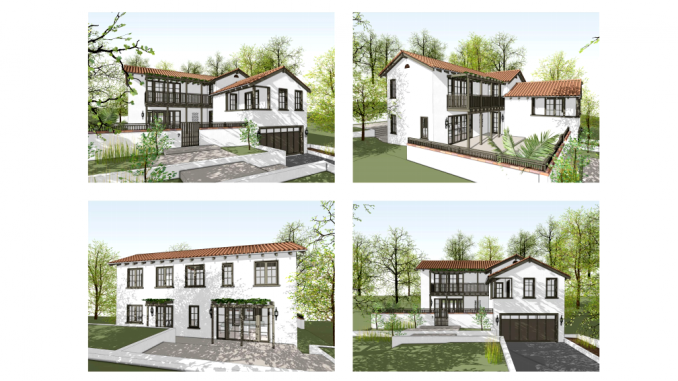
BY ALLISON LEVITSKY
Daily Post Staff Writer
A controversial new faculty housing development at Stanford couldn’t move forward until the university addressed another land-use issue: a $7,937 penalty from Santa Clara County for stockpiling 4.8 million gallons of dirt in a non-permitted area of the campus golf course.
County Planning Manager Rob Eastwood said the oversight was “abnormal,” considering how much construction goes on at the university.
“Stanford’s worked with the county a long time,” Eastwood said. “There’s a lot of construction at Stanford, and they move a lot of dirt.”
Stanford was storing dirt in the triangular area between holes 11, 15 and 16, in an area designated as oak woodland.
Stanford Associate Vice President Jean McCown said the project was for turf reduction and irrigation work on the golf course and had received the necessary permits, but that the soil was being stored outside the permit area.
McCown said the soil wasn’t near any oak trees and didn’t pose an environmental hazard. After a neighbor complained about overnight noise from the work, inspectors responded on Sept. 14 and found the potential for erosion and runoff resulting from the illegal dirt storage.
Eastwood said the violation was likely the result of a “communication breakdown” at Stanford and that university leaders are likely aware that the county requires a permit to move more than 150 cubic yards, or 30,296 gallons, of dirt.
The county issues one or two violations per week countywide, but Eastwood said it was “unusual” for Stanford to be written up.
On Oct. 4, the county hit the university with a stop work order and five days later, notified Stanford of the $7,937 fine. The university was given until Nov. 8 to either legalize the work or move the dirt back to where it was.
Stanford needed to agree to comply with those conditions before moving forward with any development permits the university is seeking, including its proposed 2.3 million-square-foot expansion.
Neighbors fight housing project
The university is also seeking to subdivide a lot in its faculty residential area, adding seven new single-family homes to lease to faculty members at Cabrillo Avenue and Dolores Street.
That proposal has drawn the ire of 120 neighbors who have signed a petition by attorney Cheryl Foung, a neighbor of the project, who claims the development is “out of character” for the neighborhood.
“Santa Clara County has much to lose and not a lot to gain by filling in houses in each small gap in this neighborhood,” Stanford historian Londa Schiebinger wrote to the county on Oct. 18. “We in the San Juan hill neighborhood have been working hard to make our voices heard (it feels like a second job, and I regret the time taken away from research).”
Carol Ruth, the wife of Stanford physicist Ronald Ruth, wrote to the county on Wednesday (Oct. 24) that the proposed houses don’t fit in with the existing neighborhood.
“Our neighborhood is composed of homes from the early 1900s, which tell a rich historic legacy of the growth of Stanford University in its younger years,” Ruth wrote. “The architecture of the homes resembles a modern Tahoe vacation home rather than incorporating the historic Spanish Revival or Arts and Craft styles of surrounding homes.”
Support for density
Stanford’s proposed home designs have names such as Monterey Ranch, Cape Cod and Spanish Colonial. Not all professors oppose the development. Stanford political economist Ken Shotts, who lives more than a mile from the proposed development, wrote to the county on April 13 expressing support for the new homes.
“I wish to emphasize the fact that many people (at Stanford and in Santa Clara County more broadly) benefit from increased housing availability, density and affordability, but don’t speak up about it, whereas the vocal opposition typically comes from just a few entrenched immediate neighbors who oppose change,” Shotts wrote.




I believe dirt is measured in yards and not gallons.